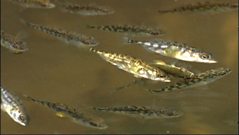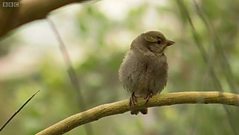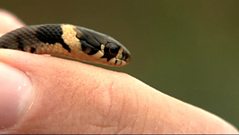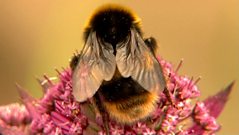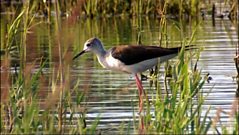
Moth breakfast
Using a moth trap is a great way to see some fabulous species.
Many moths hide in the day and are so well camouflaged that they are almost invisible. They way to see them is to use a moth trap. Janet Sumner meets Jill Warwick who organises 'moth breakfasts' to see what the trap has caught. The trap has a mercury vapour bulb that emits a very strong light - a huge attractant to the moths. They circle round, hit the fins and fall inside the trap. You can try this at home by hanging a sheet up and shining a light on it. Warm nights are best. The trap is full of different moths - silver Y, heart and dart, dark arches, ribboned wave. The silver Y is an immigrant moth that comes here every year. It doesn't migrate here and return, it comes to stay. You can sometimes see them in the daytime. There are 2,500 species of moth in the UK. Most of them have feathery antennae like those of the white ermine moth. That's one way to tell a moth from a butterfly - the latter usually have bobbles on their antennae. Janet is impressed by the bright pink elephant hawk moth, which is is named after its caterpillar which is grey like an elephant's trunk. The moth has huge eyes to see where it is going, since it flies very fast. Janet gets the hawk moth to climb on to her finger. Its feet feel like little velcro hooks. Everyone thinks moths are brown and boring, but this one is spectacular.
Duration:
This clip is from
More clips from Summer: Parks and Gardens
-
![]()
Bizarre behaviour
Duration: 01:27
-
![]()
Hot-housing sparrows
Duration: 01:42
-
![]()
Young grass snake
Duration: 01:30
-
![]()
Bee identification
Duration: 02:44
More clips from Nature's Calendar
-
![]()
Bizarre behaviour—Series 1, Summer: Parks and Gardens
Duration: 01:27
-
![]()
Hot-housing sparrows—Series 1, Summer: Parks and Gardens
Duration: 01:42
-
![]()
Long-legged lovelies—Series 1, Summer: Wetland
Duration: 02:38
-
![]()
Young grass snake—Series 1, Summer: Parks and Gardens
Duration: 01:30

